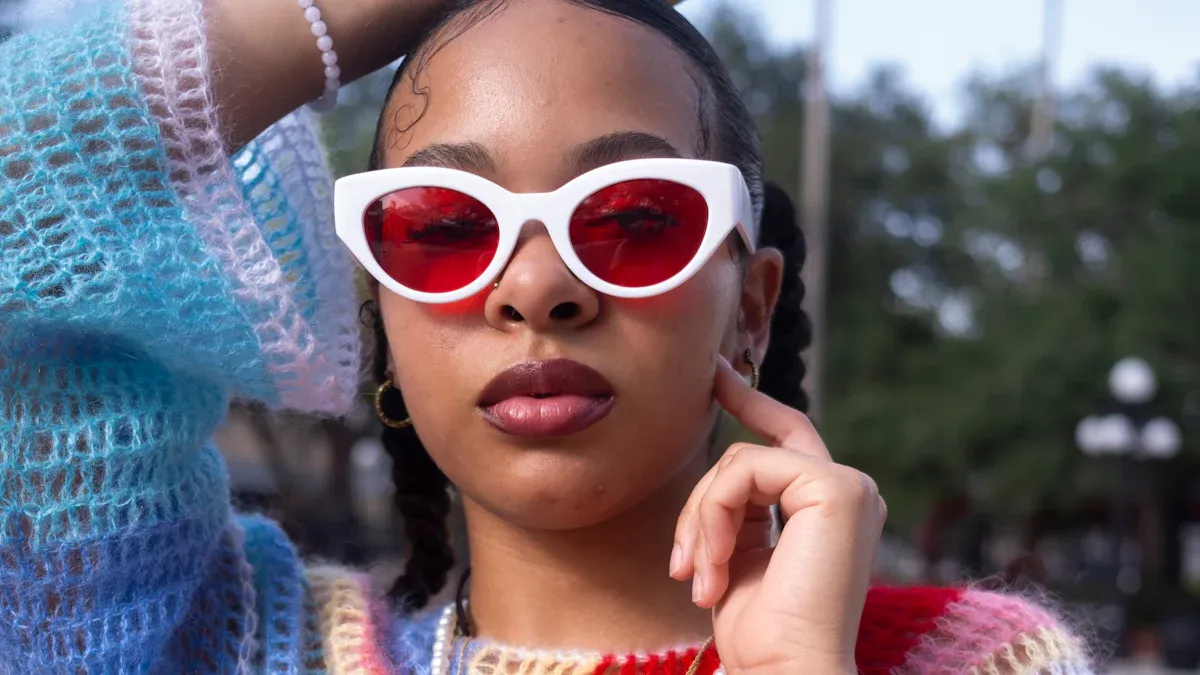
Function-First Knitted Dresses are changing fashion. They focus on comfort and how well they work. Designers and makers team up to create these dresses. They use user-focused design and new knitting technology. They also care about the environment.
The knitwear market was worth $907.60 billion in 2024. It is expected to grow by 12.10% each year until 2032.
Brands use materials that are light, stretchy, and good for the planet.
Seamless production and checking quality at every step help a lot. This makes sure each dress is strong, flexible, and stylish for real life.
Key Takeaways
Function-First Knitted Dresses are made for comfort and fit. They are also made for real-life use. Designers ask users for ideas during design.
Teams use 3D design and seamless knitting tools. This helps them make dresses faster. It also cuts down on waste. The quality of the dresses gets better too.
Brands pick eco-friendly yarns and smart knitting ways. These help make dresses that last long. The dresses can stretch and are good for the planet.
Pattern engineering and testing are important steps. They make sure dresses fit many body shapes. People can move easily and feel comfortable.
Customization and fast trend response are key for brands. These help brands meet what customers want. They also help brands reach their sustainability goals.
Function-First Knitted Dresses
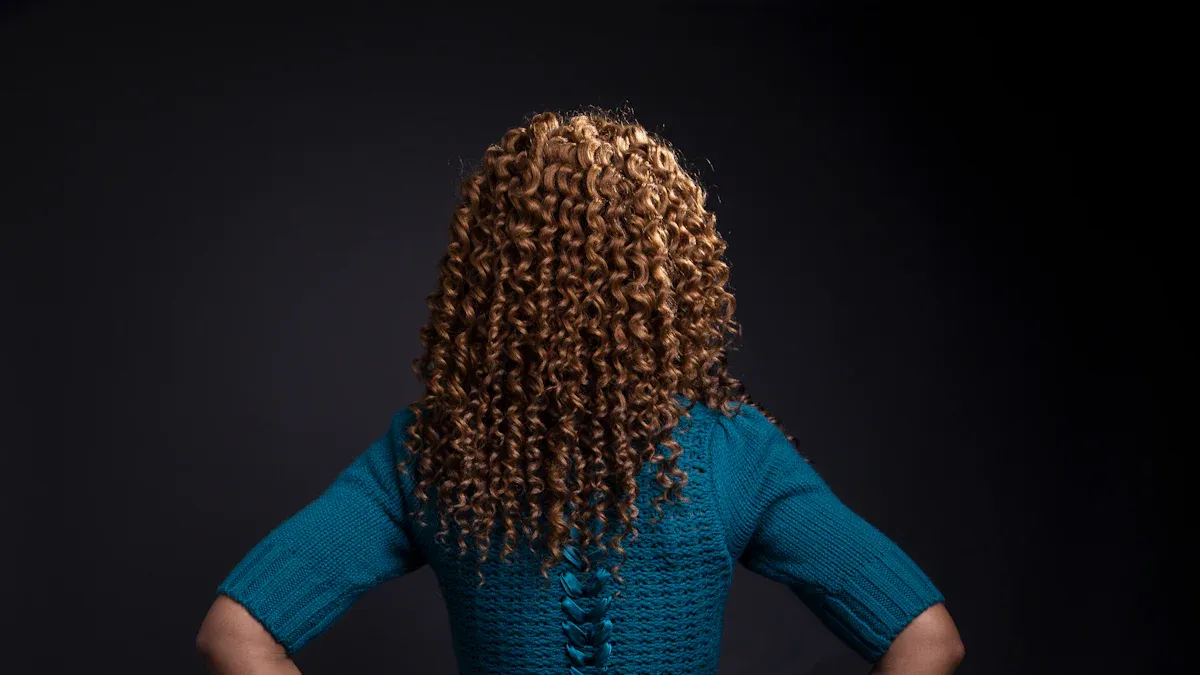
User-Centered Design
Designers start by thinking about the people who will wear the dresses. They talk to users and watch what they do every day. They ask questions in interviews and surveys to learn more. This helps them know what people want for comfort, style, and how the dress works. For example, Laura, a woman with Down syndrome, helped designers make a dress just for her. Laura and her mom worked with the team to pick fabrics and styles. They chose features together and removed things like buttons and zippers. This made it easier for Laura to get dressed. Laura picked her own colors for the first time and felt proud. The team had some problems, like making the dress fit Laura’s body and mixing her ideas with her mom’s. They made many test dresses to fix these problems. This story shows that user-centered design makes people happier and gives them clothes that fit their lives.
Designers use different ways to learn from users:
They watch how people move and wear the dresses.
They test if people can dress quickly and move easily.
These steps help designers find problems like tight spots or things that hurt. They then fix these problems to make better Function-First Knitted Dresses. Brands check if customers are happy and if they keep buying. They also look at how much people use the dresses. Numbers like Net Promoter Score or how well people do tasks are used. But real stories and feedback from people are often the most helpful.
Collaboration Process
Making Function-First Knitted Dresses takes teamwork. Designers draw pictures and think of ideas. Manufacturers use special tools to make the dresses real. Many teams use 3D design software to make digital dress models. This lets everyone see and change the dress before making a real one.
Using 3D modeling software lets teams work together fast. They can share ideas and make changes right away.
This way of working has many good points:
Dresses are made faster and get to stores sooner.
Less fabric is wasted because fewer real samples are needed.
Each brand or person can get a dress made just for them.
Sending digital samples means less shipping and less pollution.
Benefit | Description |
|---|---|
Accelerated Development | 3D tools help teams make changes quickly and work faster. |
Reduced Material Waste | Making digital samples saves fabric and helps the planet. |
Improved Customization | Software lets teams make dresses for special needs. |
Enhanced Collaboration | Teams can look at and change digital dresses together. |
Sustainability Gains | Fewer real samples mean less shipping and less harm to the earth. |
Some brands, like Ministry of Supply, use 3D printers in stores to make custom knitwear. This cuts fabric waste by about 35% and makes dresses faster. Working together helps make sure Function-First Knitted Dresses are both creative and useful.
Prototyping and Testing
Prototyping and testing are very important for these dresses. Teams use new technology, like WHOLEGARMENT®, to make dresses in one piece. This means less fabric is wasted and there are fewer seams that might bother someone.
3D garment simulation software lets designers check fit and how the dress works before making a real one. This saves fabric and time because they need fewer real test dresses. Seamless knitting, like WHOLEGARMENT®, makes dresses that fit better and last longer. These dresses need less extra work and have fewer weak spots.
A survey showed that using 3D simulation and seamless making lowers waste and makes better dresses. Not all companies use these tools yet, but those that do see big benefits. They make fewer test dresses, use less fabric, and make better quality dresses.
Function-First Knitted Dresses are tested in many ways:
They check the fit on different people.
They see how the dress moves and stretches.
They test if the dress stays strong over time.
These steps make sure each dress is comfy, works well, and looks good. New ways of testing and making dresses help brands give people dresses that work in real life.
Materials and Construction

Designers and makers know materials and how they are used matter a lot. They pick yarns that are new and good for the earth. They use special knitting and seamless ways to make dresses. These dresses feel nice, last long, and help the planet.
Yarn Selection
Yarn is what every knitted dress starts with. Brands now pick yarns that are soft, strong, and better for nature. Many use organic cotton, recycled fibers, or yarns with treatments that stop germs or keep sweat away. These choices help dresses stay fresh and comfy all day.
New yarn technology has changed how dresses work. For example, yarns with 60% recycled cotton have fewer problems and are stronger. These yarns meet high world standards, so they are as good as old ones. Factories can use these yarns fast, so they are good for big orders.
Brands find that new yarns help dresses stretch, breathe, and last longer. These things are important for people who are busy and active.
More people want clothes that let them move and help the earth. This makes brands use yarns that are strong and green. Waterless dyeing and yarns that can be recycled help dresses look nice and last, while being better for nature.
Yarn Type | Key Benefits | Sustainability Features |
|---|---|---|
Organic Cotton | Soft, breathable, gentle on skin | Grown without harmful chemicals |
Recycled Polyester/Cotton | Strong, flexible, less waste | Made from recycled materials |
Microbial/Smart Yarns | Odor control, moisture management | Often use eco-friendly finishes |
Certified Yarns (GOTS, RWS, GRS) | Traceable, high quality, trusted | Meet global eco standards |
Knitting Techniques
How a dress is knitted changes how it feels and fits. Modern factories use smart machines that follow digital plans. These machines can find and fix mistakes early, so there is less waste.
Computerized flat knitting machines use smart tech to catch up to 95% of fabric problems before they get big.
3D knitting lets factories make dresses in one piece, so there is less cutting and sewing. This saves fabric and time.
Inlay knitting puts elastic yarn or silicone tubes in some spots, making the fabric thicker and better at taking shocks. This helps dresses stay comfy and strong.
Automation in knitting can cut hand work by up to 75%. This means more dresses can be made faster and for less money.
A study found that changing stitches can make fabric stronger and softer. For example, more stitches per inch make fabric tough and smooth. Special stitch patterns, like tuck and miss stitches, help dresses keep their shape and feel nice on skin.
Being exact in knitting makes better designs, less waste, and dresses that last longer. Brands use these ways to give people comfort and quality.
Seamless Technology
Seamless technology has changed how dresses are made. With this way, machines knit the whole dress at once, with no side seams. This makes the dress lighter, more bendy, and much more comfy.
Seamless dresses feel like a second skin. They move with you and do not rub or leave marks.
High-elastic fibers in seamless dresses add softness and stretch, so the dress fits many shapes.
No seams means fewer weak spots, so dresses last longer and do not tear easily.
Factories can add cool patterns or mesh right into the dress, making it look and work better.
Seamless technology is also good for the earth. It cuts fabric waste by up to 15% compared to old ways. Making dresses is faster, with fewer steps and less energy. Brands can make samples fast and keep up with trends.
Seamless dresses fit better, feel nicer, and last longer. They also help the planet by using less fabric and energy.
Fit and Performance
Pattern Engineering
Pattern engineering shapes how a knitted dress fits every body. Designers use body mapping and grading to match the dress to many shapes and sizes. They study 3D body data and use computer models to turn these shapes into flat patterns. This process helps dresses fit better with fewer changes needed. Technical studies show that using 3D body scans and mapping points on the body leads to patterns that fit well and need less fixing. For example, experts like Appel and Stein used 3D data to make bodice patterns that needed almost no changes. Other researchers built computer systems that can draft, grade, and predict how fabric will drape on the body. These tools help brands make dresses that fit many people, from petite to plus size, and work for styles like long sleeve knit midi dresses or maternity knitted dresses.
Pattern engineering uses science and technology to make sure every dress fits just right.
Comfort and Movement
A good knitted dress must move with the wearer. Designers use stretch knits and smart shaping zones to let people bend, walk, and sit with ease. For example, rib knits and inlay stitches add stretch where it matters most, like at the waist or sleeves. Maternity knitted dresses use special shaping to support growing bellies without feeling tight. Midi and maxi dresses need careful pattern work so the hem does not twist or ride up. Brands test dresses on real people to check if they can move freely. They also use 3D avatars to see how the dress fits different body types.
Stretch zones at elbows and hips
Shaped side seams for better movement
Soft yarns for less rubbing
Quality Control
Quality control keeps every dress strong and looking new. Teams check each dress during and after making it. They measure seams, bust, and length to make sure they meet set rules. Inline tolerance checks catch mistakes early. Washing tests show if the dress will shrink or lose shape. Durability tests check if the fabric stays strong after many wears.
Test Type | What It Checks |
|---|---|
Tolerance Check | Seam stretch, bust, length |
Washing Test | Shrinkage, color, shape |
Durability Test | Fabric strength, pilling |
Careful testing means each dress lasts longer and keeps its fit, wash after wash.
Market Adaptation
Customization
Global brands use customization to get noticed in knitwear. They let people pick styles, finishes, and branding. Brands like Nike, Adidas, and H&M use new knitting technology for cool looks. Many brands let customers choose colors or add monograms and trims. This makes each dress feel special and unique.
Brand | Customization & Style/Finish Strategy | Impact on Global Brand Success |
|---|---|---|
Nike | Innovative knitting, sustainable materials, focus on performance and style | Revenue growth, strong market share |
Adidas | Designer collaborations, recycled polyester, style partnerships | E-commerce growth, brand prestige |
H&M | Fast-fashion, digital adaptation to consumer preferences | Quick product updates, strong sustainability branding |
Gap Inc. | Extended sizing, exclusive collections, style focus | Better customer experience, wider appeal |
Uniqlo | Functional knitwear, advanced tech, affordable quality | Broad appeal, strong market position |
Customization helps brands connect with customers. It also lets brands meet the needs of people in many places.
Trend Responsiveness
Brands must move fast to follow new knitwear trends. They use new technology and real-time data to keep up. Some ways brands stay ahead are:
Using 3D and seamless knitting to make new styles quickly and waste less.
Picking eco-friendly materials like organic cotton and recycled fibers.
Making fabrics that keep you dry, block sun, and feel comfy.
Watching fast fashion and athleisure to offer stylish, useful dresses.
Using digital design and automation to make dresses faster and waste less.
Getting feedback from surveys and data to know what people want.
Brands that move fast can sell new styles in weeks, not months.
Sustainability Standards
Sustainability is very important for global brands now. They use certified materials and follow rules to help the planet and keep quality high. Some important certifications and materials are:
GOTS: Checks organic fibers and eco-friendly ways of making things.
GRS: Makes sure recycled content and good practices are used.
FSC: Checks that materials like cork come from safe sources.
Fair Wear Foundation: Helps make factory work better for people.
ISO 14001: Sets rules for caring for the environment.
Tencel™ and ECONYL®: Eco-friendly fibers that work well.
Brands also use life cycle checks and green scores to see how they are doing. These steps help brands make dresses that work well and are good for the earth.
Function-First Knitted Dresses use user-focused design and new knitting technology. They also use materials that are good for the planet. These dresses are made to be comfy and work well. Teams work together and use seamless construction to make dresses for real life. Quality control checks make sure every dress is made well. These dresses can change with new trends and what people need in different places.
Talk to our team if you want to check your tech pack or plan a production meeting. See how Function-First Knitted Dresses can help your brand.
FAQ
What makes stretch knits better than woven fabrics for dresses?
Stretch knits move with your body. They feel soft and let you bend easily. Woven fabrics can feel stiff and tight. Stretch knits help dresses fit many body shapes. They are good for people who are active and want comfort. Brands use them for new fashion styles.
How do brands ensure a good fit for different body types?
Brands use 3D scans to see many body shapes. They test dresses on lots of people. Designers change shaping zones to make dresses comfy. This helps dresses fit petite, plus, and maternity sizes. Each dress is made for real life.
Why do global brands use seamless knitting technology?
Seamless knitting makes a dress in one piece. This way uses less fabric and has fewer weak spots. The dresses feel softer and last longer. Seamless knitting also makes dresses faster. Brands can follow new trends quickly.
What yarns work best for performance knit dresses?
Cotton-modal blends let air flow and keep you cool. Nylon-viscose blends make dresses smooth and fitted. Recycled and certified yarns are better for the earth. Brands pick yarns for comfort, stretch, and being green. Each yarn helps the dress do its job.
Can customers customize their knitted dresses?
Many brands let you pick your own dress style. You can choose colors, finishes, or add a logo. Some brands use digital tools for fast changes. This helps brands match local trends and your style.





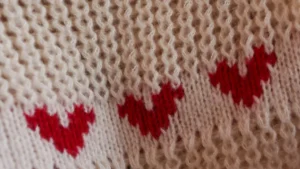
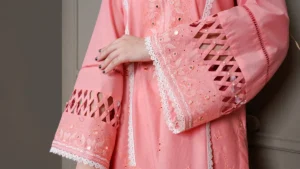
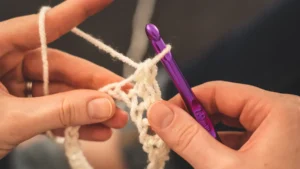
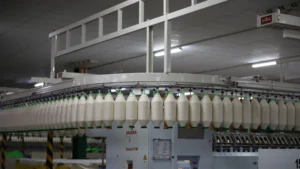

1 thought on “Knitwear That Performs: How We Design and Produce Function-First Knitted Dresses for Global Brands”
Pingback: Discover the Top Knit Apparel Producers in New Orleans